"2015 was a very deadly year:" Report sheds light on 145 homicides, 633 non-fatal shootings
MILWAUKEE -- The Milwaukee Homicide Review Commission (MHRC) released its 2015 Annual Report analyzing causes and risk factors behind homicides and non-fatal shootings in the City of Milwaukee on Thursday, May 12th.
2015 was a violent year for Milwaukee -- with 145 homicides and 633 non-fatal shootings.
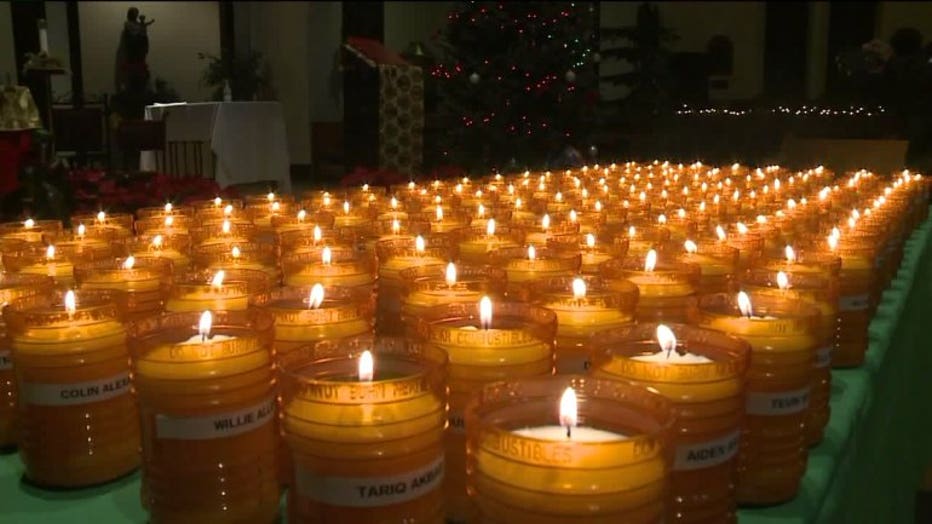
Candles for Milwaukee's 145 homicide victims in 2015
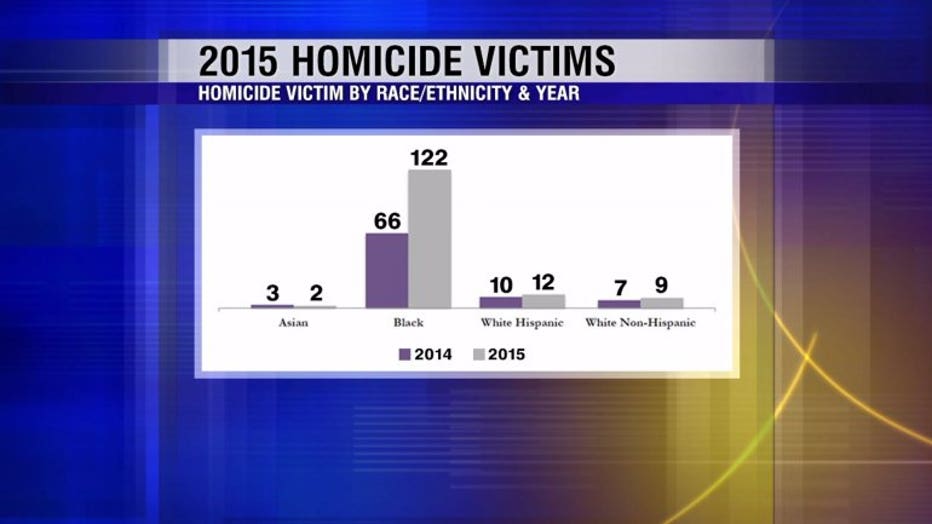
The 2015 analysis provides data on contributing circumstances to homicides and non-fatal shootings, analysis of victim and suspect demographics, and data on socioeconomic status, educational attainment and other factors that influence violence in the city.

"We're not reporting about crime, but we're reporting from a public health perspective. So we added a lot of information that we haven't traditionally looked at," said Milwaukee Homicide Review Commission Director, Mallory O'Brien.
The report also delves into what's behind the increase in violence -- especially homicides, which were up from 2014 by 69%.
Some examples of the factors: From 2014 to 2015, there was an increase in drug-related offenses, multiple offender incidents from argument fights and retaliation.
The composition of the victims remains mainly the same. The majority were African-American males.
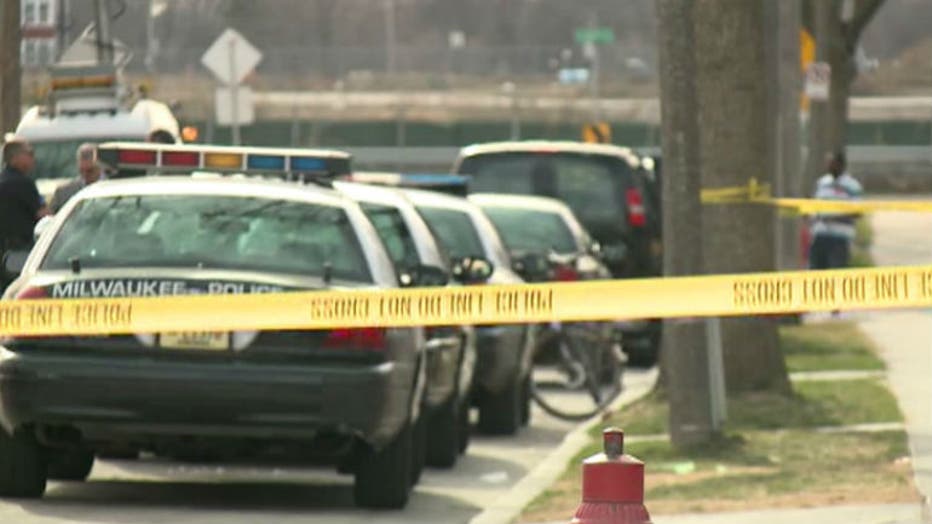
29th and Melvina homicide
They even analyzed the wound locations of homicide victims -- here, they noticed a surprising change.
"We saw more, in our homicides, more multiple wounds and more gunshot wounds to the head," said O'Brien.
That may signify a more lethal intent to the shootings.
This information is important for problem-solving strategies.
"When you overlay where our homicides and non-fatal shootings are occurring and you look at socio-economic status and you look at education, you look at some of those things. It's not just a law enforcement, it's not just an education issue, it's not just a jobs issue. We have to be working together and really be working collaboratively and collectively to reduce the violence that we're seeing," said O'Brien.
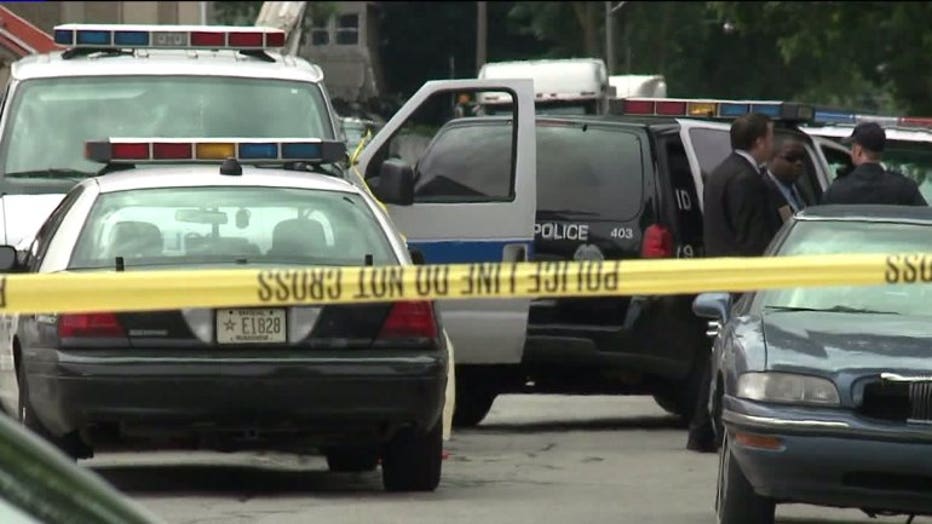
44th and Clarke homicide
The commission's recommendations include getting youth to share their perspective on violence prevention-identifying anger management, conflict resolution efforts in the community and expanding them -- and partnering with the city's Office of Violence Prevention.
CLICK HERE to read through the 2015 MHRC Annual Report
"After a steady decline in homicides over the last decade, 2015 was a very deadly year for our city and cities across the country. To address this, we must work together and use all of the tools available including having quality data to better understand where to target our prevention work."
Commissioner of Health Bevan Baker issued the following statement:
"Violence is a public health issue, and similar to our work in preventing the spread of disease, we must use data and analysis to first understand the root causes that drive it. Using the approach of the Milwaukee Homicide Review Commission provides all partners in violence prevention a detailed look at the contributing factors to last year’s homicides and non-fatal shootings."
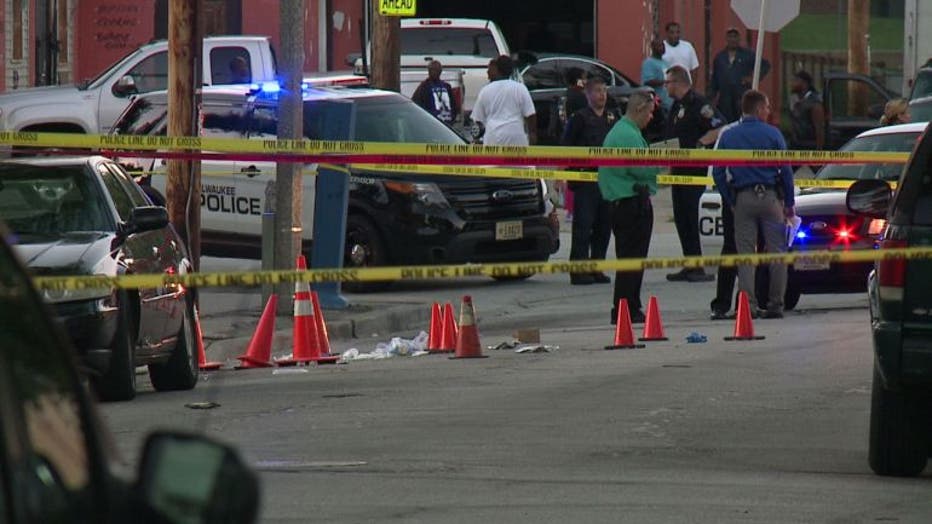
Homicide near 11th and Atkinson
The MHRC, which works with the City of Milwaukee Health Department Office of Violence Prevention, is a component of Milwaukee’s violence prevention efforts and draws on public health and criminal justice partners to better understand and inform the work to reduce violence in Milwaukee.

